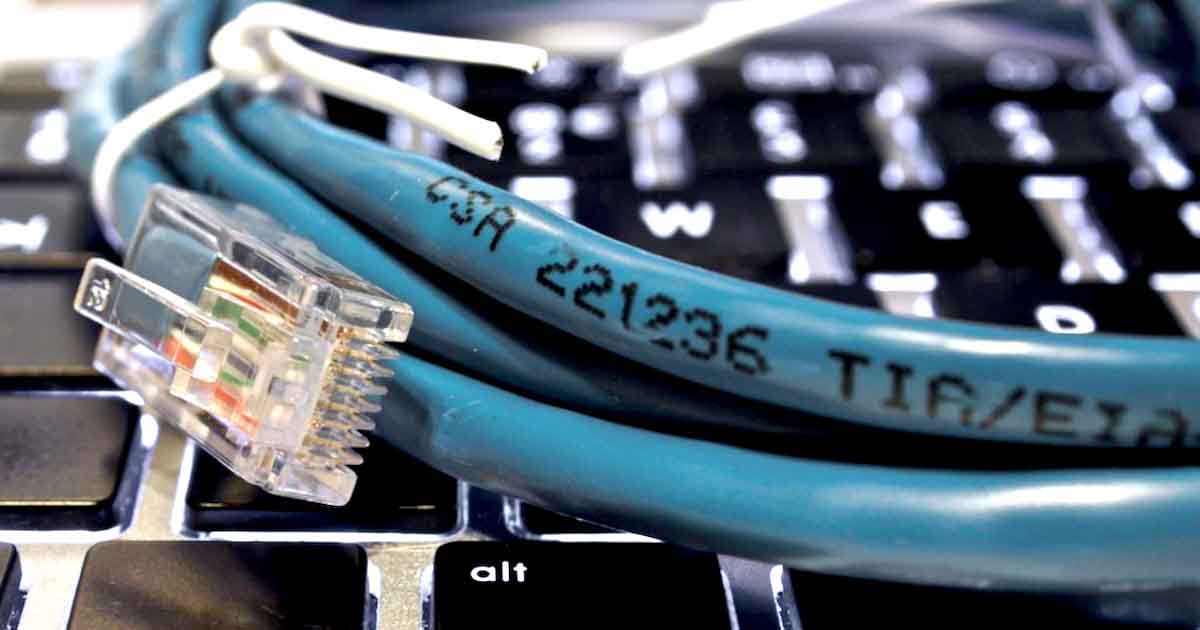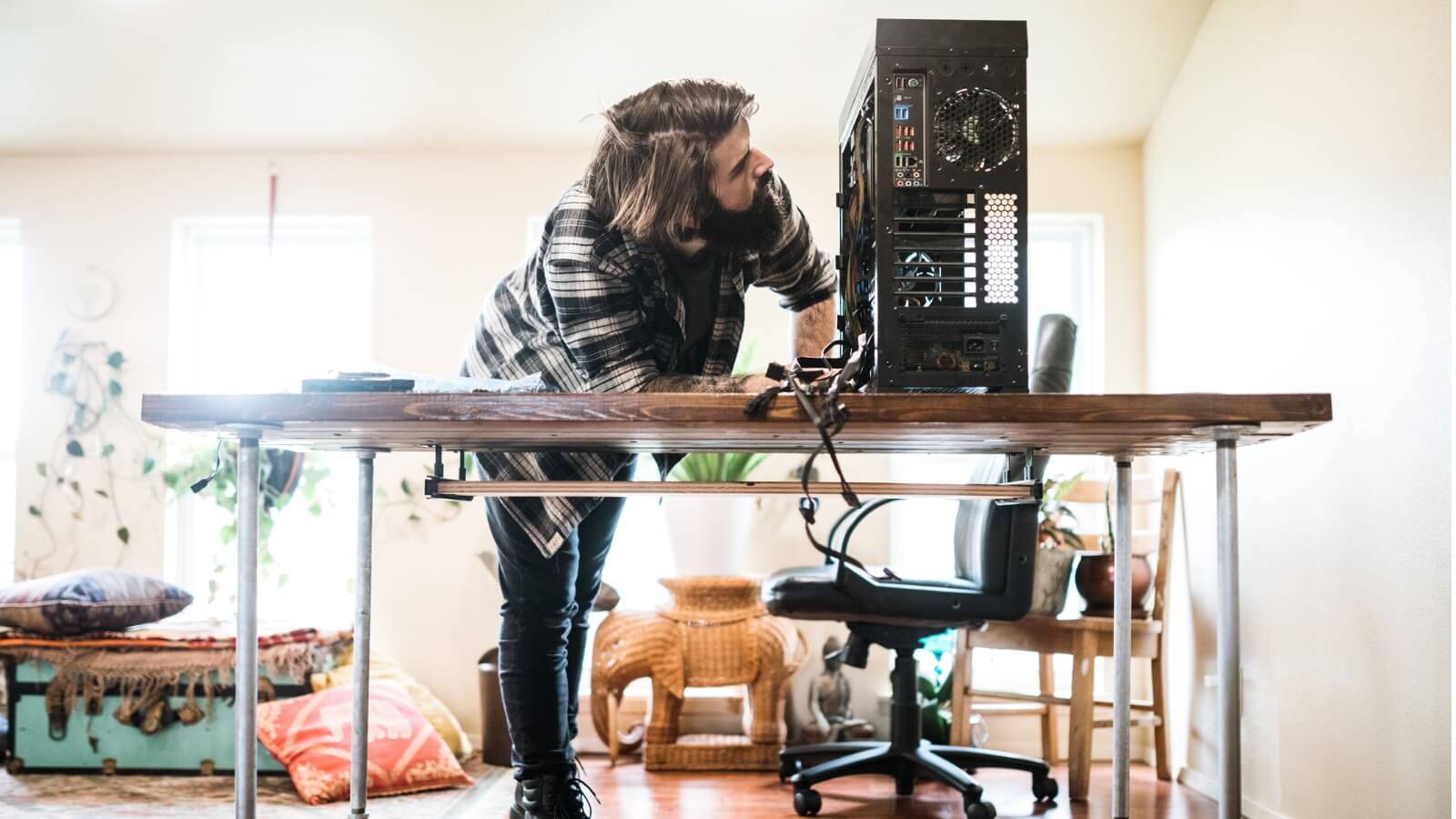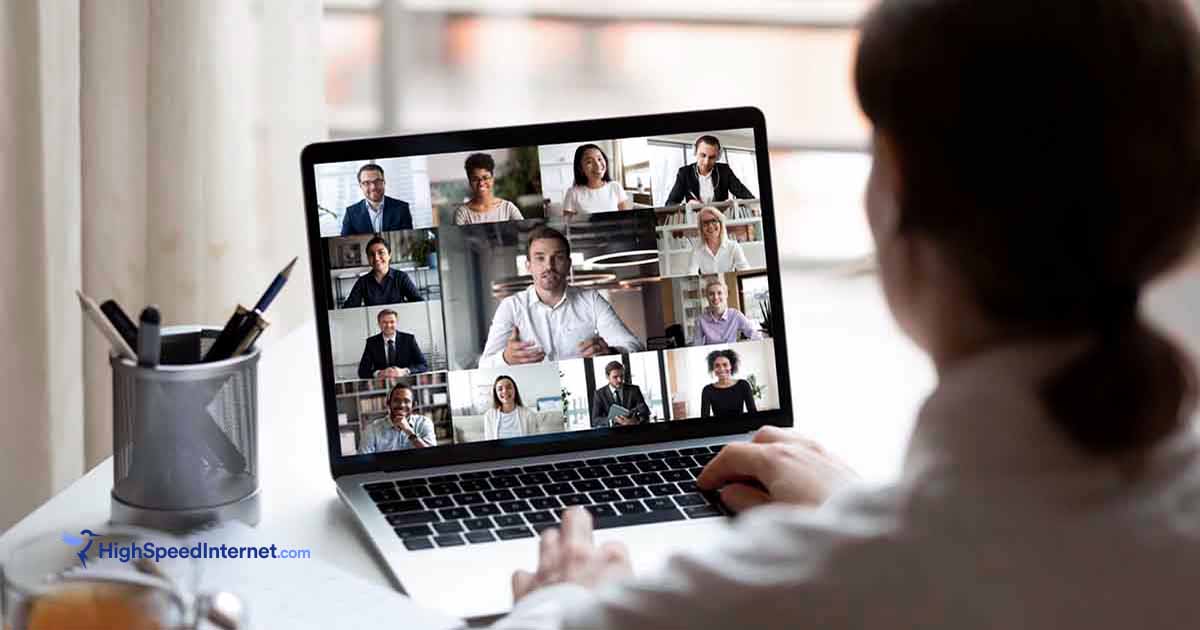How Much Speed Do You Need for Live Video Game Streaming?
Dec 13, 2022 | Share
FAQ, Gaming, Internet Speed Guides, Streaming Guides
Watching other people play video games is almost as popular as playing them yourself. And people aren’t just watching big-name internet celebrities either. Twitch, the most popular game streaming platform, has over four million unique creators streaming every month.1 If you like sharing your gaming experiences with the world, or even just your friends, you could become one of them.
One of the keys to a successful stream is an internet connection that can handle the video (like fiber). No one wants to spend time and money getting your lights and camera just right only for your internet connection to reduce your stream to a choppy, pixelated mess.
But not to worry! We’re here to walk you through everything you need to know about internet speeds and live video game streaming so you can get your stream just right.
Livestreaming is all about upload speed
Livestreaming is one of the few situations when download speed (the speed your internet plan typically advertises) doesn’t really matter. All you have to worry about is your upload speed. You can learn more about the difference between download and upload speed here.
Need a connection with more upload speed? See what’s available in your area.
When you’re livestreaming, video captured from your device is sent, or uploaded, from your home to video servers somewhere on the internet. This is the opposite direction that video data usually flows since most people consume more online video content than they create.
One more time: download speed doesn’t matter for livestreaming.
Upload speed is often a bit more difficult to estimate because most internet service providers (ISPs) don’t advertise it as prominently as they do download speeds (your “advertised” speed refers to your download speed). For most kinds of internet connection, your upload speed will be much lower than your download speed. Upload speed can also fluctuate, so the easiest way to find your actual upload speed is to take a speed test. If you want an upload speed that can match your download speed, your best bet is fiber.
Test and track your internet speed on your phone
Download our free, easy-to-use speed test app for quick and reliable results.
Get your upload speed
Want to find out what upload and download speed you’re currently getting? Take a speed test.
That said, there are still plenty of online activities that require a good download speed. If you’re playing a game online or streaming royalty-free music while you’re on stream, you need to make sure you have enough download speed to ensure a smooth experience. However, the only number you need to worry about for getting your stream online is your upload speed.
Upload speed requirements for livestreaming across video platforms
We recommend having a minimum upload speed of 10 Mbps for livestreaming. On most platforms, this will give you a slight buffer to account for fluctuations in upload speed.
Different streaming platforms have different requirements when it comes to video quality. Some are optimized so that you can broadcast low-resolution video from your cell phone whenever you want, while others try to make it possible for viewers to tune in to TV-quality streams. While you can technically stream as long as you meet the minimum requirements, you should always plan to have at least an extra 5 Mbps to account for fluctuations in speed.
Here’s the breakdown of how much upload speed you’ll need to livestream on different platforms.
Twitch
| Resolution | Min. upload speed |
|---|---|
| 720p (30 fps) | 3 Mbps |
| 720p (60 fps) | 4.5 Mbps |
| 1080p (30 fps) | 4.5 Mbps |
| 1080p (60 fps) | 6 Mbps |
Twitch is the biggest site for video game streaming, so if you want to be a streamer, you should be able to stream on Twitch. Fortunately, it gives streamers a few different recommendations for resolution and frame rate.
For context, 30 frames per second (fps) is the standard frame rate for television, while 60 fps is a common framerate in video games. Just like resolution, frame rate affects the amount of speed you need to stream, so if you don’t have the fastest connection, you might have to make a trade-off.
Facebook Live
| Resolution | Min. upload speed |
|---|---|
| 720p (30 fps) | 4 Mbps |
Facebook keeps it simple, listing only the absolute minimum requirements for streaming on the platform. But that’s not to say you can’t achieve a decent video quality with Facebook.
Although you can start a livestream on Facebook with nothing more than your phone and the Facebook app, Facebook Live is also compatible with standard streaming software like OBS Studio, Streamlabs OBS, and vMix.
YouTube Live
| Resolution | Min. upload speed |
|---|---|
| 240p | 0.3 Mbps |
| 480p | 0.4 Mbps |
| 720p (60 fps) | 2.2 Mbps |
| 1080p (60 fps) | 3 Mbps |
| 1440p (60 fps) | 9 Mbps |
| 4K/2160p (30 fps) | 13 Mbps |
| 4K/2160p (60 fps) | 20 Mbps |
YouTube has a staggering amount of recommendations, ranging from a 240p stream (which is the resolution of an old Nokia cell phone or a Game Boy Advance) to streaming in full 4K UHD.2, 3 We’d recommend shooting for somewhere in the middle. Plenty of professional streamers stream at 1080p, and that’s a high enough resolution to look good on everything from cell phones to TV screens.
You need extra internet speed for a stable video stream
We suggest that you try to have 10–15 Mbps more upload speed than the minimum requirement for the quality of video you’re trying to stream and even more if you know that your connection has regular issues with slowdown.
Another good rule of thumb is to have twice as much upload speed as whatever you set your bitrate to be, just to be safe. Not all your viewers will notice the subtle difference between 30 and 60 fps, but everyone will notice if your stream starts freezing and stuttering.
If you just barely meet the speed requirements for the video you’re trying to stream, the slightest fluctuation in your connection can interfere with or even crash your stream. That’s because livestreaming is a lot trickier than streaming video from Netflix. Since your stream isn’t prerecorded, the server can’t buffer to smooth out the normal ups and downs in internet speed.
Also, remember that if you’re streaming to multiple platforms simultaneously, you need enough total bandwidth that each stream has plenty of upload speed. For example, if you’re streaming 1080p video to both Twitch (6 Mbps minimum) and YouTube (3 Mbps minimum), you’d need an upload speed of at least 9 Mbps, though realistically, you’d need 15–20 Mbps to keep both streams stable.
Why is a stable video stream so important?
Livestreaming is much more technologically demanding than just playing games. Most online games can get by on a pretty modest internet connection, as long as there’s low latency. Livestreaming turns your home into your own personal TV station, broadcasting high-resolution video to your fans.
To grow an avid fan base on a platform like Twitch, you need to deliver a quality experience. A reliable camera, good audio equipment, and a fancy gaming computer are all important investments for any dedicated streamer, but none of that makes much of a difference to those watching if your stream freezes and staggers throughout the broadcast.
A reliable internet connection is one of the first investments an aspiring streamer should make.
What type of internet is best for livestreaming?
The best internet connection for livestreaming is fiber. To livestream, you need a reliable connection with good upload speeds and low latency. In all three of those categories, fiber-optic connections are by far the best option. If fiber isn’t available in your area, you probably want to go with a wired connection, as wireless connections tend to be more susceptible to interference and generally experience higher latency.
Fiber, is the best connection for livestreaming. It has symmetrical upload and download speeds, which means if you have gigabit download speeds, you get the exact same speeds for your uploads. Fiber is also a much more stable connection and doesn’t suffer from the same kind of slowing issues that cable has to deal with. All these factors make fiber the ideal connection for streamers.
Cable connections can reach upload speeds between 5 Mbps and 50 Mbps, so the best cable plans can handle HD streaming, but slower connections will be lucky to deliver anything above Game Boy quality. Cable is also prone to slowing down at peak hours, so unless you stream in the middle of the night, you might have to plan around the inevitable drop in speed.
DSL and satellite connections generally aren’t fast or stable enough for streamers, so you’re probably going to need either cable or fiber internet.
For more information, check out our page on fiber providers.
How does latency affect livestreaming?
Latency is the time it takes for a signal to travel from your computer to a server on the internet. It essentially determines the reaction time of your internet connection. Having high latency will cause lag in games or calls, delaying your reactions and causing problems.
Because streaming is primarily one-way communication, latency is handled a bit differently than it is in a video call. Streaming software usually performs more encoding and compression on your video (though you can adjust this in your settings) in order to improve the final quality at the expense of a few seconds of delay. This isn’t usually noticeable to your audience unless you’re streaming a Q&A session or a live event.
One important precaution for streamers to take is to use a wired connection to your router instead of Wi-Fi when possible. Even fast, reliable Wi-Fi introduces a bit of extra latency into your connection, so a wired connection is definitely preferable. If you don’t already have one, get yourself an Ethernet cable.
Why am I still getting dropped frames?
Do you have a solid internet connection but your video still looks choppy? Video game streams often suffer from dropped frames, where instead of the video playing smoothly from one frame to the next, the same frame will play twice in a row and then skip forward. If enough frames are dropped, it can lead to jittery, uneven video.
Although a slow or unstable internet connection can cause a stream to drop frames, dropped frames are often a problem with your capture card. If your capture card can’t record and encode your video data fast enough to keep up with your framerate, the result is dropped frames in your stream.
Before you fork out the money to upgrade to a better capture card, there are a few things you can try. First, check your internet speed to make sure you’re getting the upload speed you think you are. Also, make sure that you’re plugged into your router and not relying on Wi-Fi.
If you try those things and are sure that it’s not your connection, try adjusting the settings in your streaming software, lowering your bitrate. You can also try updating your computer’s network drivers.
- Twitch, “Press Center,” Accessed October 5, 2020.
- Nokia Museum, “Nokia Asha 301,” Accessed October 5, 2020.
- CNET, “Nintendo Game Boy Advance Specs,” Accessed October 5, 2020
Author - Peter Christiansen
Peter Christiansen writes about telecom policy, communications infrastructure, satellite internet, and rural connectivity for HighSpeedInternet.com. Peter holds a PhD in communication from the University of Utah and has been working in tech for over 15 years as a computer programmer, game developer, filmmaker, and writer. His writing has been praised by outlets like Wired, Digital Humanities Now, and the New Statesman.
Editor - Cara Haynes
Cara Haynes has been editing and writing in the digital space for seven years, and she's edited all things internet for HighSpeedInternet.com for five years. She graduated with a BA in English and a minor in editing from Brigham Young University. When she's not editing, she makes tech accessible through her freelance writing for brands like Pluralsight. She believes no one should feel lost in internet land and that a good internet connection significantly extends your life span.







